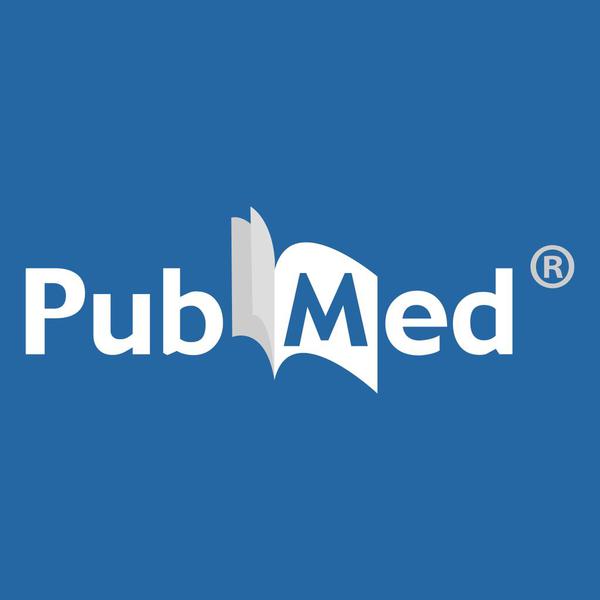Blog
•
3 May 2023
Factors that Contribute to Huntington's Disease Pathogenesis
Gu et al. developed and described a new transgenic mouse model of HD that expresses full-length human mutant huntingtin protein (9). They generated the new model using bacterial artificial chromosome (BAC), encoding about 120 uninterrupted CAG repeats, hence the name BAC-CAG. Mice developed many pathophysiological changes replicating human HD, including progressive motor deficits, sleep disturbance, striatal-selective nuclear inclusion, synaptic loss, astrogliosis, and microgliosis. Other key attributes of the new preclinical model of HD included minimal weight gain, somatic CAG repeat instability, and striatum-selective transcriptional dysregulation. In addition, data from the Gu et al. study revealed that striatal-selective neuropathogenesis associates with the length of CAG repeat.























